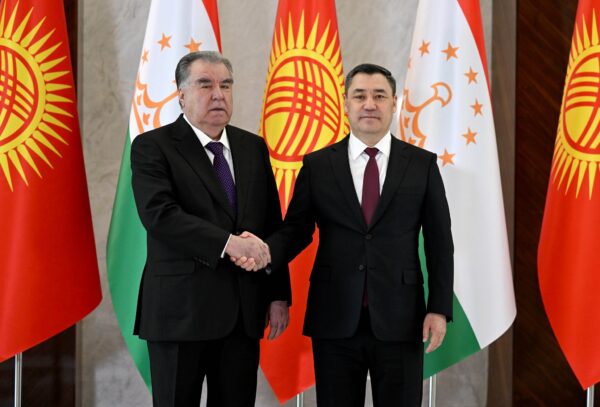In 1924, the Soviet Union under Joseph Stalin unleashed its divide-and-rule policy to ethnically divide the Fergana Valley among the Uzbek Socialist Soviet Republic and the Kara-Kirgiz Autonomous Region. Further divisions in 1929 led to the establishment of a separate Tajik republic, effectively splitting the valley’s administration between three Soviet republics: eventually the independent countries of Uzbekistan, Kyrgyzstan, and Tajikistan.
Moscow’s objective was to prevent the formation of a single powerful entity that could pose a challenge to its overall supremacy. As long as the Soviet Union existed, it exercised control over resources and irrigation systems of the valley, despite the borders between the constituent republics. Moscow remained the ultimate arbitrator to resolve disputes and thus maintained control over the region.
The unravelling of the Soviet Union and the birth of the independent Central Asian states in the 1990s brought long simmering issues and conflict over limited resources to the forefront.
Continue Reading on The Diplomat
This preview shows approximately 15% of the article. Read the full story on the publisher's website to support quality journalism.
